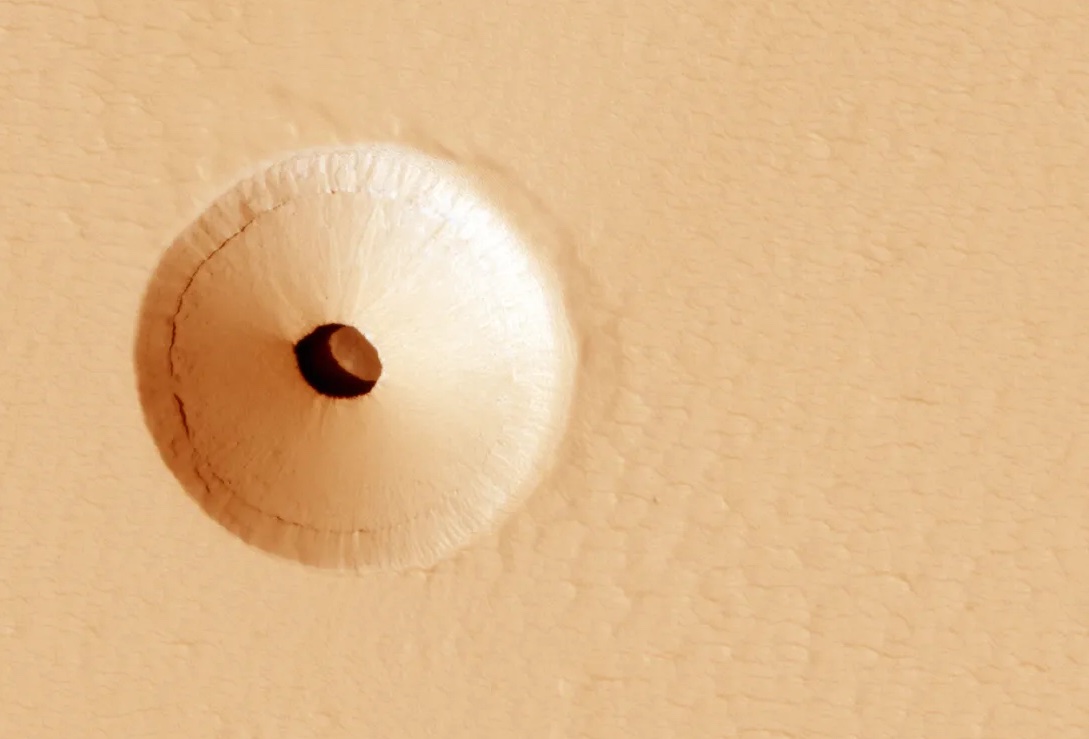
But fifty years of progress in miniaturization and software changed the balance between robots and humans in space. Between 1960 and 2020, space probes improved by something like six orders of magnitude[6], while the technologies of long-duration spaceflight did not. Boiling the water out of urine still looks the same in 2023 as it did in 1960, or for that matter 1060. Today’s automated spacecraft are not only strictly more capable[7] than human astronauts, but cost about a hundred times less [8] to send (though it’s hard to be exact, since astronauts have not gone anywhere since 1972[9]).
The imbalance between human and robot is so overwhelming that, despite the presence of a $250 billion[10] International Space Station National Laboratory, every major discovery made in space this century has come from robotic spacecraft [11]. In 2023, we simply take it for granted that if a rocket goes up carrying passengers, it’s not going to get any work done.
Humans are so good at abstractions but balk at the idea (sometimes) of removing themselves from interactions in place of those abstractions.
Josh BeckmanComment via email